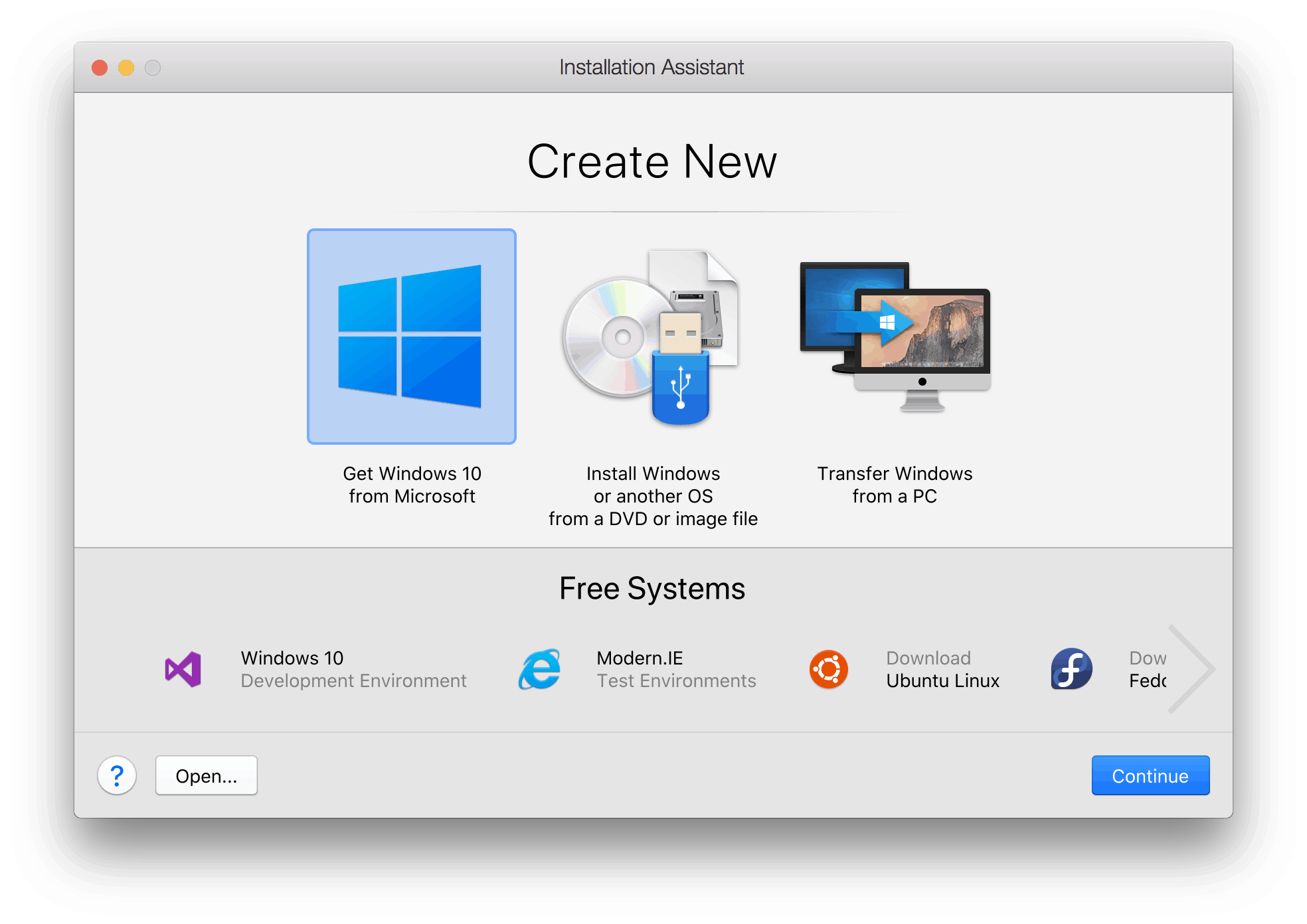

You can run Virtualbox, VMware (opens in new tab), QEMU, and Parallels (opens in new tab). There are a few options for VM software solutions for you to choose from. You'll be able to have your proverbial cake and eat it too. If you upgrade the macOS on your physical Mac, the VM version is completely separate from that process so you'll still be able to keep the "old" macOS on the VM and run the "new" macOS for all of your other up-to-date programs.

Since you needn't buy new hardware, you can simply run an instance of the macOS version that will run your application without issue regardless of that app being 32 bit or 64 bit for as long as you keep your VM. Think of it like the Matrix where the real world is your physical computer and the "dream" world in the VM. The VM takes resources from your actual computer and uses them to run itself in a contained environment as a separate system altogether. A virtual machine, or VM, is an emulated computer running on top of your current OS installation as a program. One possible solution to the 32-bit application dilemma is to run a version of the latest macOS that fully supports your app in a virtual machine.


 0 kommentar(er)
0 kommentar(er)
